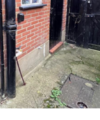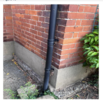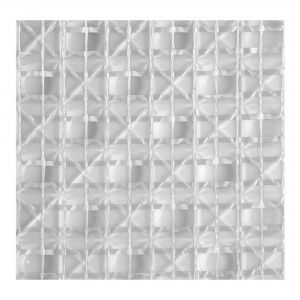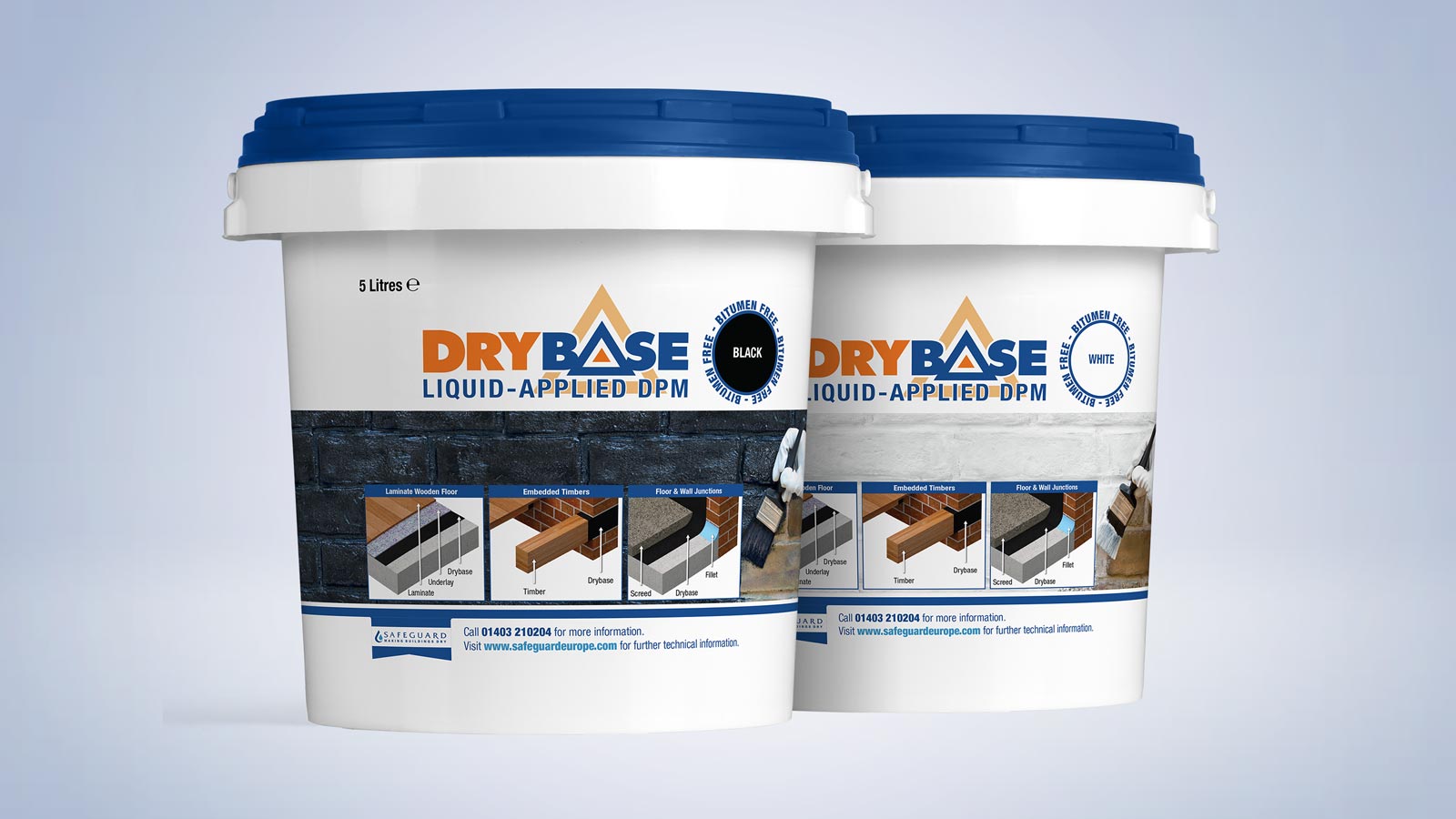Hello,
About to exchange on a property and the damp survey has suggested removal and replacement of the damp proof course that goes around the house.
It is a solid brick wall and it is assumed there is a slate DPC hiding under there.
Now from my research most people say to remove it but its not clear what I replace it with. Would the bricks under it not be significantly damaged and I wouldnt be able to replace a whole row of bricks.
Its also VERY high, well above the suspended concrete floor ? There also seems to be a layer of concrete around the base of the plinth in some areas.
Any ideas?
Thanks in advance
About to exchange on a property and the damp survey has suggested removal and replacement of the damp proof course that goes around the house.
It is a solid brick wall and it is assumed there is a slate DPC hiding under there.
Now from my research most people say to remove it but its not clear what I replace it with. Would the bricks under it not be significantly damaged and I wouldnt be able to replace a whole row of bricks.
Its also VERY high, well above the suspended concrete floor ? There also seems to be a layer of concrete around the base of the plinth in some areas.
Any ideas?
Thanks in advance







